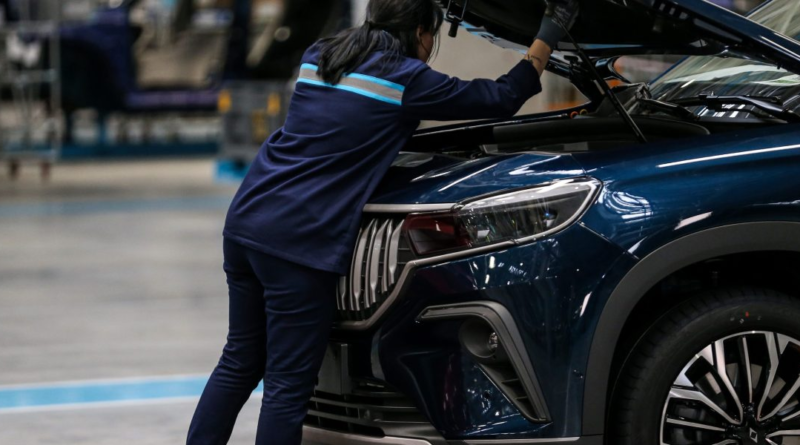EV maintenance costs remain high, frustrating buyers and automakers as sales continue to lag behind expectations
A new report from auto insurance analytics company Mitchell shows that repairable EV insurance claims have increased by 40% since this time last year, following the trend of growth in the number of electric cars on the road—but average repair costs were 29% higher for EV owners than their ICE-owning counterparts, and the average repair took almost twice as long.
“With the average mechanical labor rate for both the U.S. and Canada exceeding $100 per hour, this additional time adds significant cost to EV repairs,” Mitchell reported. “The extra EV labor hours are likely due to the management of the high-voltage battery, which requires de-energization and often complete removal to protect it during collision repair and refinishing processes.”
Because many new EVs are packed with more expensive sensors than the average ICE vehicle and require specialized skills to maintain, they’re more costly to fix—and that means many insurers are increasingly opting to simply write off many EVs as totaled because it’s cheaper to just replace the car, even if they were only involved in a minor accident.
The percentage of EV claims resulting in a total loss is currently 9.93%, up a whopping 30% from Q3 of last year. Given that falling vehicle prices mean it’s less costly to replace a car than it was a year ago, falling prices across the EV sector are helping to drive the rise in total-loss claims and scrapped EVs, alongside high repair costs.
“Slowing new sales, manufacturer price reductions, and changing consumer sentiment are impacting the value of used EVs,” Ryan Mandell, Mitchell’s director of claims performance, wrote in a note. “As a result, the total loss frequency for collision-damaged EVs is increasing.”
In the U.K., just 10% of auto mechanics are qualified to work on EVs, pushing up repair costs and making EV insurance premiums more expensive for consumers. Recent research from the National Association of Insurance Commissioners found that EV insurance coverage costs an average of $44 more than premiums for an ICE car.
Increasing total loss rates are one part of a wave of used and written-off EVs that are flooding the secondhand market and sending prices plummeting. Average market prices for leading used EV models are down almost a third year over year, and lagging demand means some used models are piling up in lots with no buyers in sight.
Low EV resale values have emerged as a concern for some buyers, who are increasingly leasing electric models instead of buying them outright to avoid exposure to the poor resale market.
Some EV manufacturers have reported record sales in 2024—Ford sold 65% more EVs than the year prior this spring, and total U.S. sales are expected to increase by roughly 20% this year. But that growth rate still lags what automakers had hoped for a few years ago, and stubborn consumer sentiment is frustrating the market as concerns over range and costs linger.
A recent University of Chicago study found that 46% of respondents would not consider buying an EV. Until consumers come around en masse, automakers will continue to face an uphill battle to phase out their ICE models.
“Every automaker was so aggressive with their plans,” Jessica Caldwell, Edmunds’ head of insights, said in December. “We’re seeing those being dialed back to better match where consumers are right now.”



